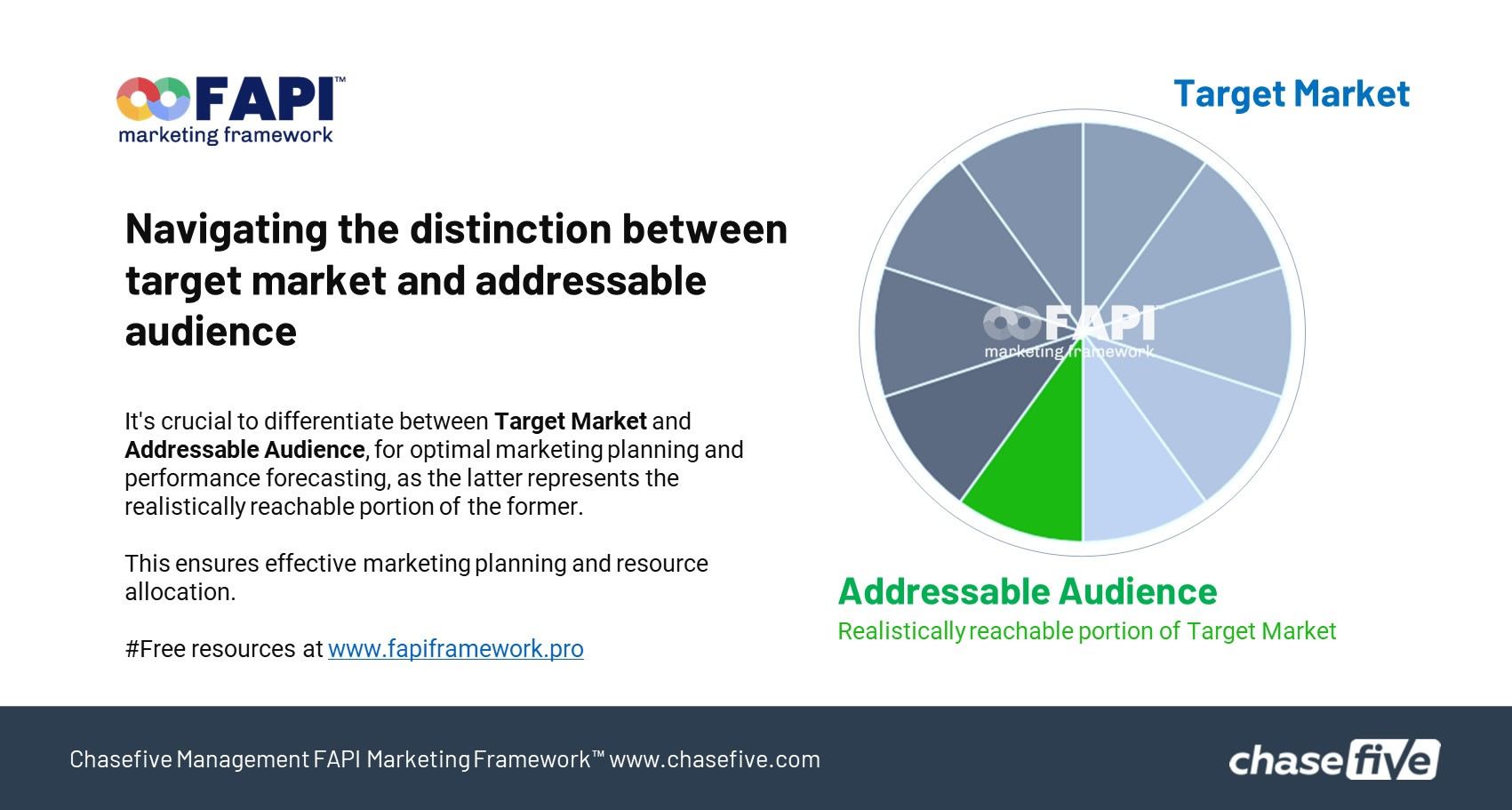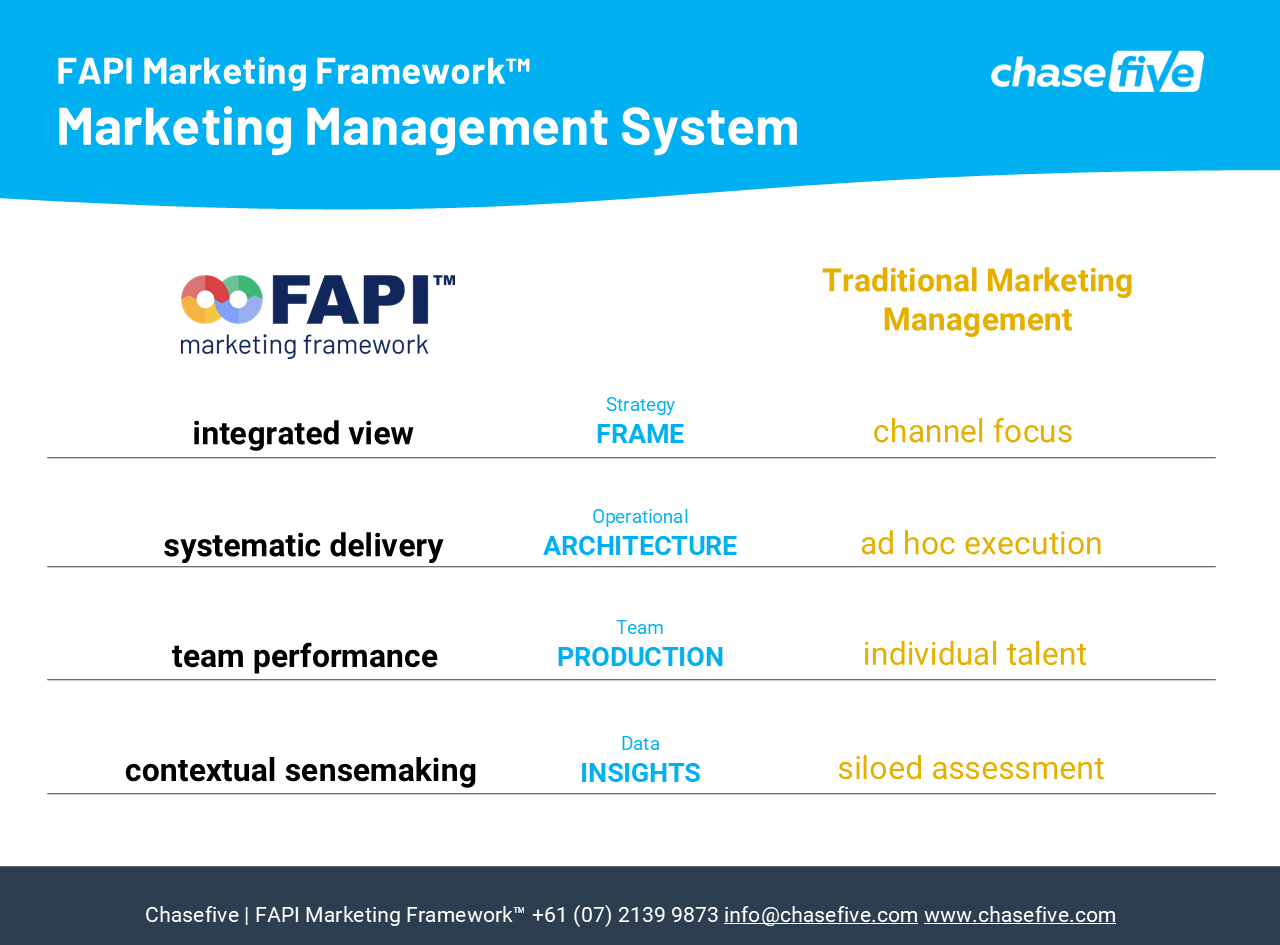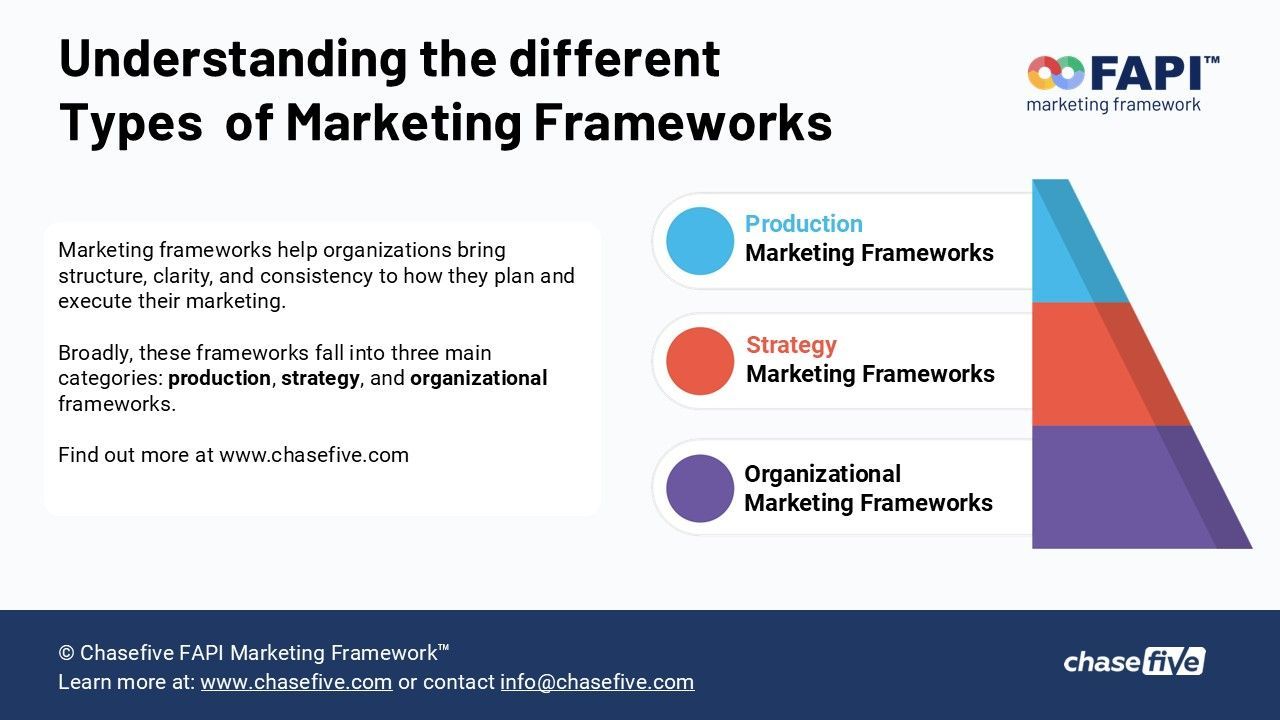Navigating the distinction between Target Market and Addressable Audience for optimal marketing planning
The Cambridge Dictionary defines the target market as "the group of people a company wants to sell its products or services to". As one of the most widely used marketing terms, very few people in business would not have used it at least once.
The general agreement in business planning is that the larger the target market the better as an indicator of future business potential. Business analysts, financial advisors, lenders, business owners, and investors of all sizes would look at the total number of individuals or businesses in the target market as a significant indicator representing the potential scale of a business projected into the medium or long term future life of the business.
Difference between business planning and marketing planning
When it comes to tactical marketing planning, unlike business planning, the size of the target market may not necessarily be the most relevant number to work with in order to forecast performance, but rather, it is more relevant to focus on the addressable audience.

Tactical marketing planning does not focus on the business's long-term best case potential but on its current ability to connect with its target audience and predict immediate-future marketing performance using existing resources to determine short-term marketing return on investment.
A practical example could be a hypothetical small business manufacturing Bluetooth speaker mounts specially designed for unicycles; therefore, this product is aimed at an audience of unicycling enthusiasts. The number of unicyclists worldwide is estimated at twelve million, according to data posted on unicyclist.com, the world's largest unicyclists community. Therefore, our fictional manufacturing company would have a target market of twelve million potential customers. Investors and business analysts would consider this figure when evaluating the business potential.
On the other hand, the small business in our example does not currently have sufficient resources to reach an audience of twelve million individuals worldwide directly or indirectly in any meaningful way. Therefore, since the addressable audience is defined as the number of individuals within the target market that the business can feasibly reach with its current resources, the size of the addressable audience, in our example, could be considerably smaller than twelve million.
Quantifying the addressable audience
In real-life tactical marketing planning, the addressable audience is only as large as the business's ability to reach that audience.
The manufacturing company in our example would need to quantify its ability to reach potential customers and then prioritize (segment) its target market using any number of meaningful criteria to identify the cluster to focus on.
Making the distinction between target market and addressable audience is not a trivial caveat as it determines the entire forecasting model for the company’s marketing.
Learn more about marketing management best practices at
https://www.chasefive.com/fapi-framework
unicyclist data source: https://unicyclist.com/t/how-many-unicyclist-are-there-in-the-world/269139/22







